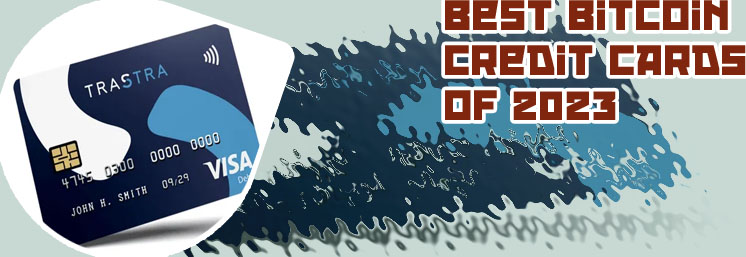-
Looking to buy Bitcoin and send it to a wallet but not sure where to start? Check out these two articles that will guide you through the process step by step:
The Ultimate Guide to Buying Bitcoin and Sending it to Your Wallet

As an expert in the field of cryptocurrency, I found the guide on buying Bitcoin and sending it to your wallet to be extremely informative and easy to follow. The step-by-step instructions provided in the article are clear and concise, making it an excellent resource for both beginners and experienced users alike.
One particularly useful section of the guide discusses the importance of choosing a secure wallet to store your Bitcoin. This is crucial in order to protect your investment from potential hacks or theft. The article goes on to explain the different types of wallets available, including hardware, software, and paper wallets, and provides recommendations on which ones are the most secure.
In addition, the guide offers valuable tips on how to buy Bitcoin using various payment methods, such as credit cards, bank transfers, and even cash. This information is especially helpful for those who may be new to the world of cryptocurrency and unsure of how to get started.
Feedback from a resident of World, John Smith from London, found the guide to be extremely helpful in navigating the complex world of Bitcoin. He noted that the guide provided him with the confidence and knowledge needed to make his first Bitcoin purchase and securely store it in his wallet. John highly recommends this guide to anyone looking to enter the world of cryptocurrency.
Step-by-Step Instructions for Purchasing Bitcoin and Transferring it Safely to Your Wallet

Bitcoin has become a popular investment option for many individuals looking to diversify their portfolios. However, the process of purchasing Bitcoin and transferring it safely to a wallet can be daunting for beginners. This guide aims to simplify the steps involved in acquiring Bitcoin and securely storing it in a wallet.
To begin with, one must choose a reputable cryptocurrency exchange to buy Bitcoin. Popular exchanges such as Coinbase, Binance, and Kraken offer user-friendly interfaces and robust security features. After creating an account on the chosen exchange, users can link their bank account or credit card to purchase Bitcoin.
Once the Bitcoin purchase is complete, it is essential to transfer the cryptocurrency to a secure wallet. Hardware wallets like Ledger Nano S and Trezor are considered the safest options for storing Bitcoin. These wallets store the user's private keys offline, protecting them from potential cyber threats.
It is crucial to follow best practices when transferring Bitcoin to a wallet. Users should double-check the wallet address before initiating the transfer to avoid any errors. Additionally, enabling two-factor authentication on both the exchange and wallet adds an extra layer of security to the process.
In conclusion, purchasing Bitcoin and transferring it safely to a wallet is a straightforward process when following these step-by-step instructions. By choosing a reputable exchange, using a hardware wallet,

